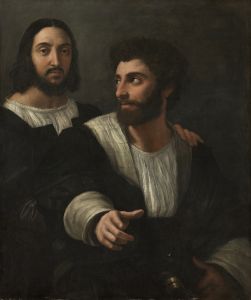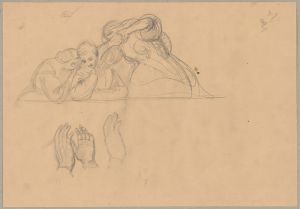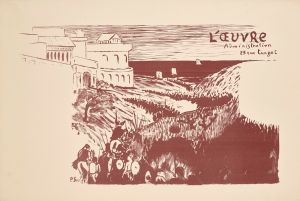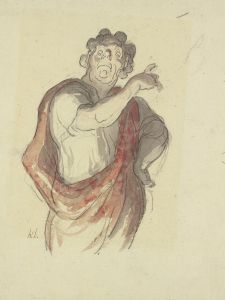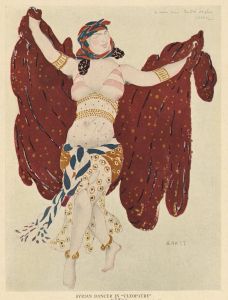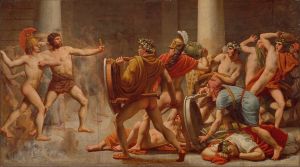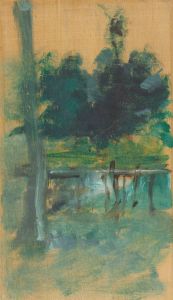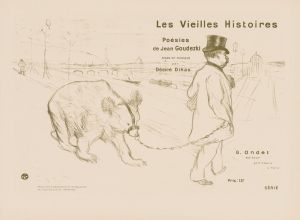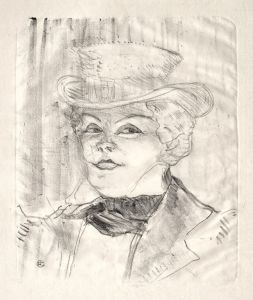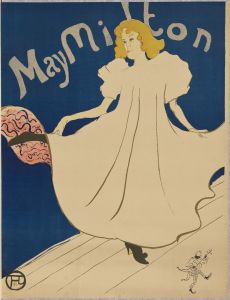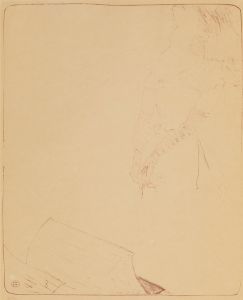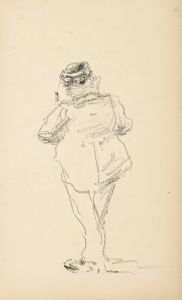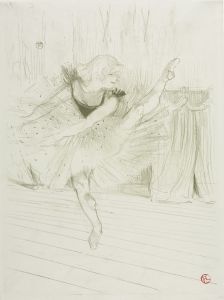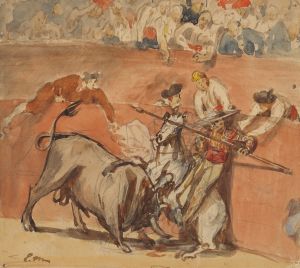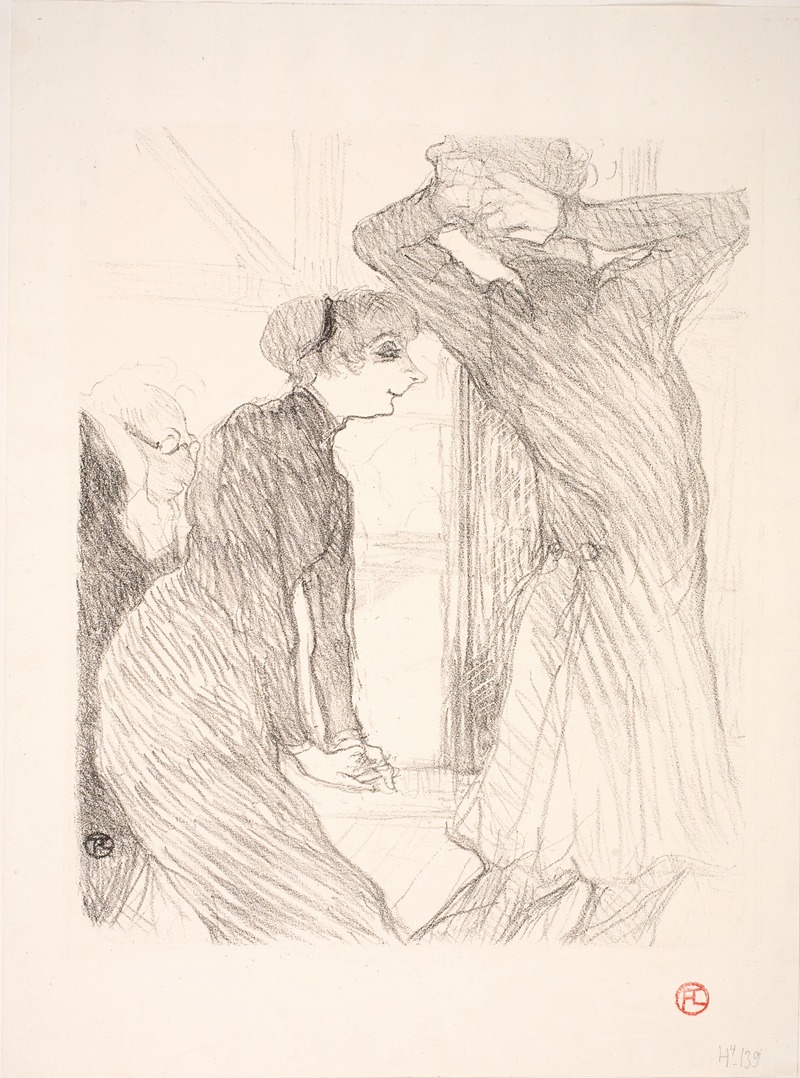
Lugné Poë et Berthe Bady dans Au-dassus des Forces Humaines
A hand-painted replica of Henri de Toulouse-Lautrec’s masterpiece Lugné Poë et Berthe Bady dans Au-dassus des Forces Humaines, meticulously crafted by professional artists to capture the true essence of the original. Each piece is created with museum-quality canvas and rare mineral pigments, carefully painted by experienced artists with delicate brushstrokes and rich, layered colors to perfectly recreate the texture of the original artwork. Unlike machine-printed reproductions, this hand-painted version brings the painting to life, infused with the artist’s emotions and skill in every stroke. Whether for personal collection or home decoration, it instantly elevates the artistic atmosphere of any space.
Lugné-Poë et Berthe Bady dans "Au-dessus des Forces Humaines" is a lithograph created by the French artist Henri de Toulouse-Lautrec in 1899. This work captures a scene from the play Au-dessus des Forces Humaines (Above Human Strength), written by Norwegian playwright Bjørnstjerne Bjørnson. The lithograph features Lugné-Poë, a prominent French actor, director, and founder of the Théâtre de l'Œuvre, alongside actress Berthe Bady, who was a key figure in the Symbolist theater movement.
Toulouse-Lautrec, known for his depictions of Parisian nightlife and theatrical performances, created this lithograph as part of his broader engagement with the performing arts. The Théâtre de l'Œuvre, founded by Lugné-Poë in 1893, was a hub for avant-garde and Symbolist theater in Paris. The theater sought to challenge conventional theatrical norms and often staged experimental and controversial works. Au-dessus des Forces Humaines was one such production, reflecting the theater's commitment to exploring complex and thought-provoking themes.
In the lithograph, Toulouse-Lautrec employs his characteristic style, using bold lines and a limited color palette to convey the intensity of the scene. The figures of Lugné-Poë and Berthe Bady are rendered with expressive detail, emphasizing their dramatic presence on stage. The composition captures the emotional tension of the play, highlighting the actors' performances and the atmosphere of the production.
Berthe Bady, a Belgian actress, was closely associated with the Symbolist movement and frequently collaborated with Lugné-Poë. Her portrayal in this lithograph underscores her significance in the theatrical world of late 19th-century Paris. Lugné-Poë, depicted alongside her, was instrumental in introducing Symbolist and modernist works to French audiences, including plays by Henrik Ibsen and August Strindberg.
This lithograph is an example of Toulouse-Lautrec's ability to merge his artistic vision with the cultural and theatrical innovations of his time. It serves as both a documentation of a specific theatrical moment and a testament to the collaborative spirit of the Symbolist movement. Today, the work is recognized as an important piece in Toulouse-Lautrec's oeuvre, reflecting his deep connection to the performing arts and his role in capturing the cultural vibrancy of fin-de-siècle Paris.





